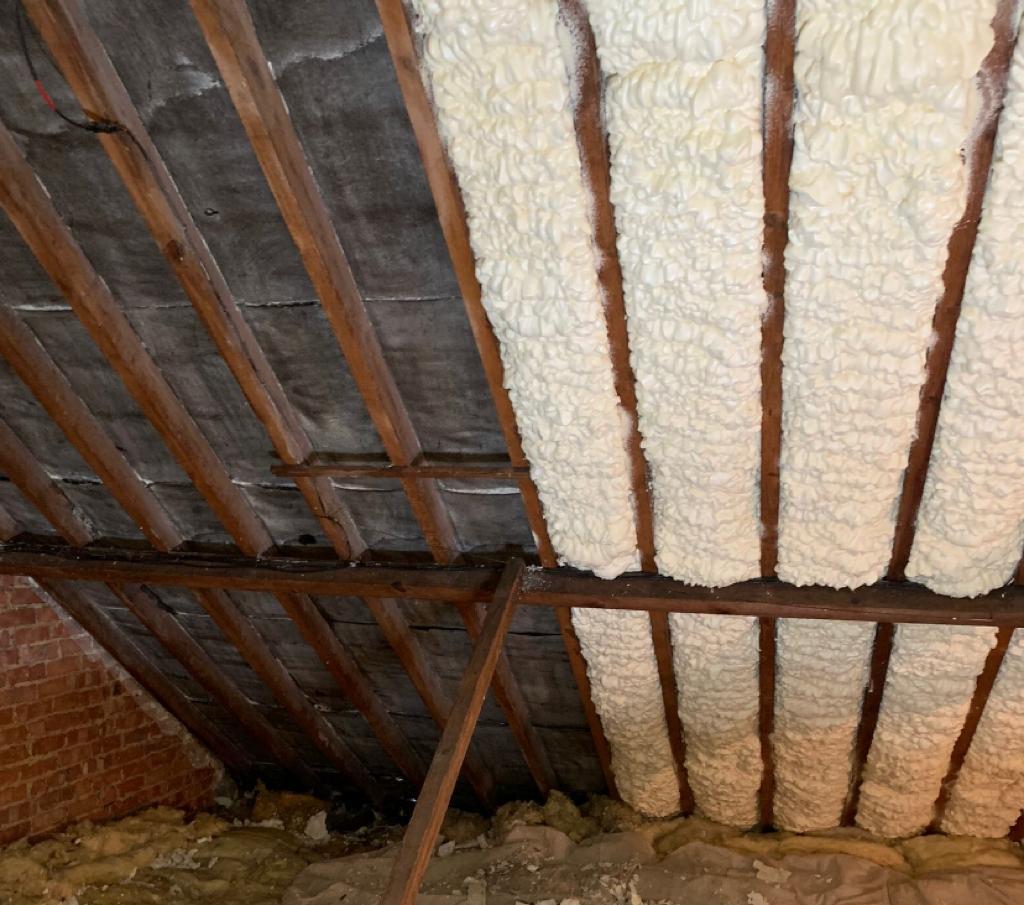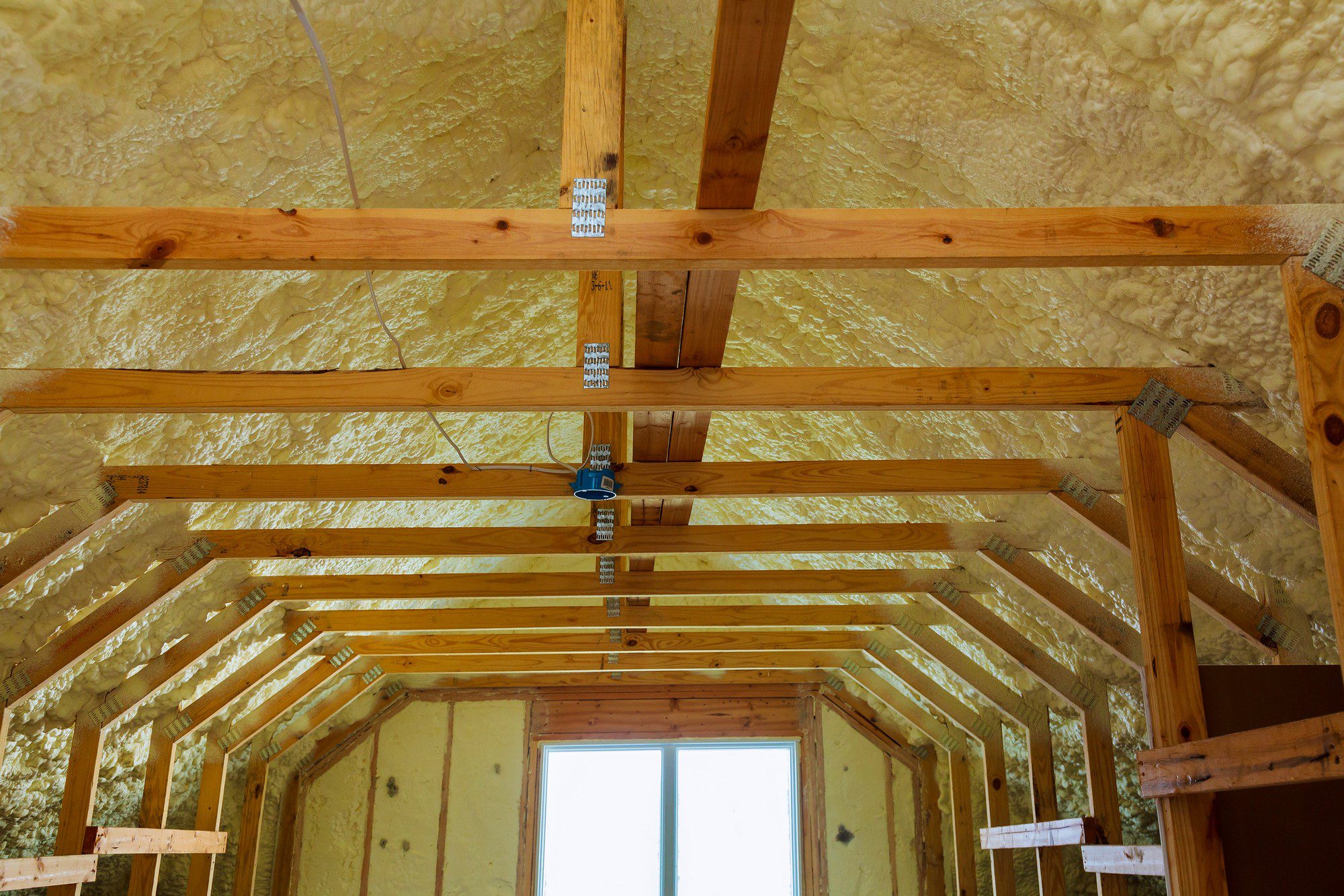The Hidden Dangers of Spray Foam Insulation and Why Removal is Essential
In recent years, the popularity of spray foam insulation in UK homes and businesses has seen a significant rise, lauded for its superior thermal performance and energy efficiency. However, beneath its shiny facade, spray foam insulation harbours a plethora of potential risks and dangers that many property owners are unaware of until they face them firsthand. Spray Foam Removals UK, as industry leaders in the safe, effective removal of spray foam insulation, is here to shed light on these hidden dangers and demonstrate the importance of professional intervention.

Why Spray Foam Insulation Removal is Critical
The Health Risks Beneath the Surface
Spray foam insulation, while efficient in insulating homes, may contain chemicals that can off-petrol volatile organic compounds (VOCs), posing serious health risks to occupants. These chemicals can trigger symptoms ranging from mild headaches and skin irritations to more severe respiratory issues and allergic reactions. For individuals with existing health problems, such as asthma or allergies, the impact can be even more detrimental.
Structural Integrity Concerns
Over time, the application of spray foam can lead to moisture entrapment in roofs and walls, potentially compromising the structural integrity of a building. The moisture can result in wood rot and mould growth, creating not only a health hazard but also weakening the structure from within. Recognising and addressing these issues swiftly can mean the difference between a straightforward removal process and extensive, costly repair works.
Fire and Safety Hazards
Certain types of spray foam insulation are highly flammable, increasing the risk of fire in your property. Moreover, improper application can lead to gaps and uneven coverage, nullifying any fire-resistant benefits the material might originally possess. Ensuring the safety of your building requires a comprehensive understanding of these materials and a keen eye for spotting these potentially dangerous flaws.

Why Choose Spray Foam Removals UK
Unrivalled Expertise and Experience
Spray Foam Removals UK prides itself on a team of highly skilled professionals equipped with the knowledge and tools necessary to tackle spray foam removal of any scale. Our expertise not only lies in safe and efficient removal but also in identifying and mitigating the hidden dangers associated with spray foam insulation.
Commitment to Health and Safety
Your health and safety are our utmost priority. We employ industry-best practices and state-of-the-art equipment to ensure that the removal process is carried out in the safest manner possible, minimising exposure to harmful chemicals and reducing the risk of structural damage to your property.
Tailored Solutions for Every Situation
Understanding that each property is unique, we offer bespoke removal solutions tailored to the specific needs and challenges of your space. Whether you're dealing with a residential home or a commercial building, our team is adept at providing the right approach to address your concerns effectively.
The Spray Foam Removal Process: How We Do It
Spray Foam Removals UK follows a comprehensive, step-by-step process to ensure the complete and safe removal of spray foam insulation:
- Initial Assessment: Before any work begins, we conduct a thorough assessment of your property to understand the extent of the insulation and any underlying issues that need addressing.
2. Preparation and Protection: To safeguard your health and property, we prepare the area meticulously, employing measures to contain and minimise dust and debris.
- Removal: Utilising specialised equipment and techniques, our team carefully removes the spray foam, ensuring that no remnants are left behind.
4. Post-Removal Inspection and Cleanup: Following removal, we conduct a detailed inspection to confirm the elimination of all spray foam. The area is then cleaned up, returning your space to its original condition, free from potential hazards.
- Advice on Next Steps: Post-removal, we provide advice and recommendations on alternative insulation options and any necessary repairs or improvements to ensure your property remains safe and energy-efficient.



Conclusion: Safeguard Your Property with Spray Foam Removals UK
The hidden dangers of spray foam insulation serve as a potent reminder of the importance of professional removal services. At Spray Foam Removals UK, we are dedicated to providing you with a safe, healthy living environment, free from the risks associated with spray foam insulation. If you suspect your property might be at risk, don't hesitate to contact us. Together, we can ensure a safer, healthier future for your home or business.
Are you experiencing issues with spray foam insulation in your property? Contact Spray Foam Removals UK today to discuss how we can help.
We're Here to Help! Get in Touch with us Today
Read Some of our Other Blogs
- Clearing the Mist: The Crucial Need for Expert Spray Foam Removal in the UK
- Spray Foam Removals in Bournemouth | Top-rated Service | Spray Foam Removals UK
- Fibreglass Installation in Dorset by Spray Foam Removals UK – High-Quality & Reliable Service
- Unveiling the Hidden Dangers of Older Insulation: Why Removal is Your Best Bet

